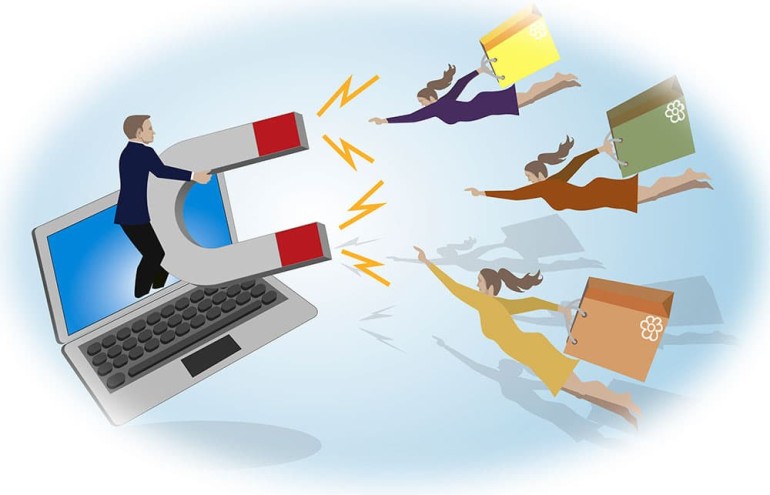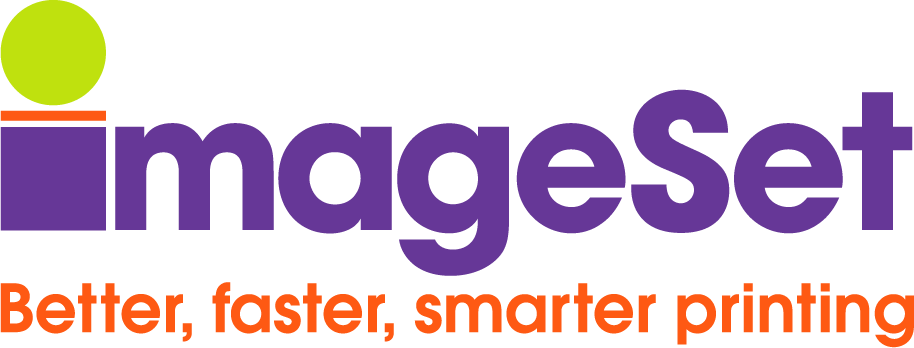
When I started ImageSet 36 years ago, the options for growing sales were pretty much limited to cold calling, networking, and newsprint. All of which were time-consuming and expensive, especially for our small 3-person shop. Even direct mail was costly because the only available print technology was offset printing, which required large quantities. With the advent of email, social media, and digital printing, marketing your business is easier and more affordable than ever. We’ve had great success with our own marketing by using the simple principle of lead nurturing. Here’s how it works:
For some sales, a single postcard or letter mailer will do the trick. But for more complex products, the sales cycle can be longer. In this case, marketers will often send different types of content at different times based on what their prospects require in order to move forward. Gently nudging them along with the right content at the right time is a process called lead nurturing.
Although the actual number of “touches” with marketing content will vary based on the type and complexity of products and services, lead nurturing has three basic stages:
Early/Awareness Stage: At this stage, the prospect may not be aware of your product, or if they are, their knowledge is limited. Your goal is to create that awareness. They can’t buy your product if they don’t know about it! At this stage, you want to provide free access to content. Early/awareness stage content often includes white papers, research papers, curated content, infographics, and webinars.
Middle/Consideration Stage: At the middle/consideration stage, the prospect is aware of your product but hasn’t yet made the decision to buy. You want to provide information that will help that process along. At this point, you can also start qualifying prospects as warm and hot leads so your sales team can stay in contact with them. Middle/consideration stage content is often gated, so you can identify and qualify these leads. The content might include RFP templates, calculators, guides, and analyst reports.
Late/Evaluation Stage: At this stage, you will be communicating only with the most qualified leads, so you want to make their purchase decision as easy as possible. As with the early/awareness stage, late/evaluation stage content should be free and ungated, including product demonstrations, success stories, and video testimonials.
Research shows that nearly 80% of qualified leads never convert into sales because of the lack of lead nurturing. Don’t miss out!
Need help with your lead nurturing process? Give us a call, we can do it all!




